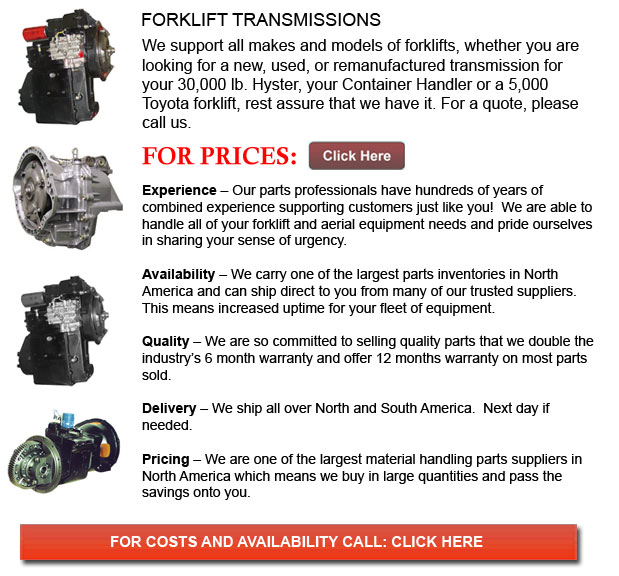
Transmissions for Forklifts - Using gear ratios, a transmission or gearbox offers speed and torque conversions from a rotating power source to a different machine. The term transmission means the complete drive train, together with the final drive shafts, differential, gearbox, prop shafts and clutch. Transmissions are more frequently used in motor vehicles. The transmission adapts the output of the internal combustion engine so as to drive the wheels. These engines should operate at a high rate of rotational speed, something that is not appropriate for starting, slower travel or stopping. The transmission increases torque in the process of reducing the higher engine speed to the slower wheel speed. Transmissions are also used on fixed equipment, pedal bikes and anywhere rotational torque and rotational speed require adaptation.
Single ratio transmissions exist, and they function by altering the torque and speed of motor output. Lots of transmissions consist of multiple gear ratios and could switch between them as their speed changes. This gear switching can be carried out automatically or by hand. Forward and reverse, or directional control, can be provided too.
In motor vehicles, the transmission is usually attached to the crankshaft of the engine. The transmission output travels via the driveshaft to one or more differentials and this process drives the wheels. A differential's most important function is to be able to alter the rotational direction, though, it can even supply gear reduction as well.
Power transmission torque converters as well as different hybrid configurations are other alternative instruments utilized for speed and torque adjustment. Conventional gear/belt transmissions are not the only machine obtainable.
Gearboxes are referred to as the simplest transmissions. They provide gear reduction normally in conjunction with a right angle change in the direction of the shaft. Frequently gearboxes are utilized on powered agricultural machines, also known as PTO equipment. The axial PTO shaft is at odds with the common need for the powered shaft. This shaft is either horizontal or vertically extending from one side of the implement to another, that depends on the piece of equipment. Snow blowers and silage choppers are examples of much more complex machines which have drives providing output in multiple directions.
In a wind turbine, the type of gearbox utilized is much more complicated and bigger as opposed to the PTO gearbox utilized in farming machines. The wind turbine gearbos changes the high slow turbine rotation into the faster electrical generator rotations. Weighing up to several tons, and based on the actual size of the turbine, these gearboxes normally have 3 stages so as to achieve a whole gear ratio beginning from 40:1 to over 100:1. To be able to remain compact and so as to distribute the massive amount of torque of the turbine over more teeth of the low-speed shaft, the first stage of the gearbox is typically a planetary gear. Endurance of these gearboxes has been a problem for some time.
![]() Click to Download the pdf
Click to Download the pdf
Forklift Parts
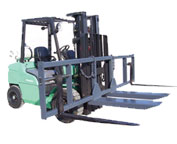
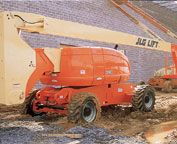
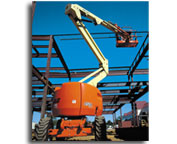
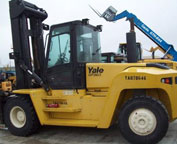
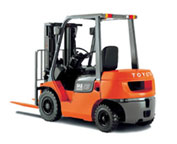
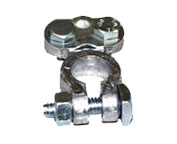
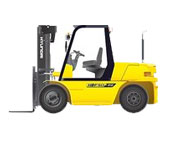
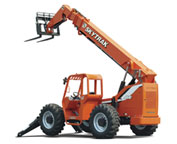
Lift Parts Express
TOLL FREE: 1-888-695-7994
LOCAL: 310-598-2341
6475 E. Pacific Coast Hwy
Long Beach, California
forkliftpartslongbeach.com
Email Us
About Us


